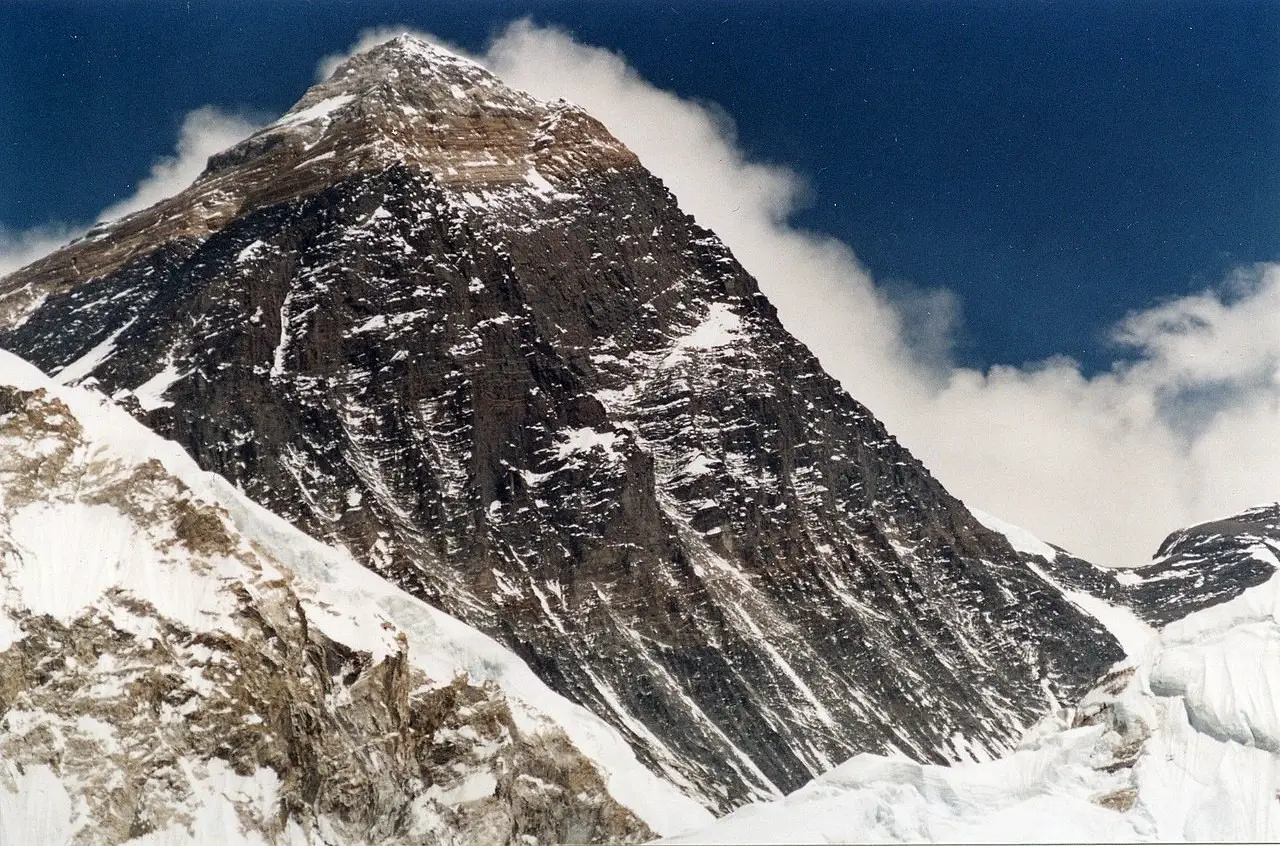Alan Arnette has compiled his annual examination of the costs of climbing Everest, and as usual, the post is filled with lots of interesting information. If you’re thinking of joining an expedition to the highest mountain on the planet sometime shortly, you’ll definitely want to give this article a look.
For those going in 2018, here’s what you can expect to pay.
So how much will it cost next year? Alan says it will be a minimum of $30,000, with most climbers paying somewhere in the neighborhood of about $45,000. That’s an increase over 2017, with prices climbing both on the lower end of the spectrum and the premium high-end as well.
In 2018, the price range for an Everest climb started at $28,000 and went up to $85,000. You can have a completely custom climb for $115,000 as well, although few take that option.
At the bottom end, if you want to mostly go it alone, with some support, you can get away with spending as little as $20,000, although as Alan points out, this is for the extreme risk-takers only.
In recent years we’ve seen a rise in the number of low-cost expedition options on Everest, which is fueling the larger numbers of climbers on the mountain as more alpinists from India and China rush to do the climb.
Even though more of these inexpensive options exist, prices have continued to climb. In the past five years, Alan says that companies have increased their prices by 6% on the Nepal side of the mountain and 12% on the Tibetan side.
The article also breaks down where the costs go, with estimated prices for travel, permits and insurance, gear, logistical costs, and more. This gives anyone who is planning an Everest expedition a chance to see exactly where their money is going and how much they should expect to budget in any given category.
For instance, Alan says that you can plan on spending a minimum of $800 per person for food alone and supplemental oxygen – used by 97% of climbers – is $550 a bottle. You’ll also need things like a down suit, high-altitude boots, sleeping bags, packs, and a lot more.
The last bit of information in the article that is probably of interest is a break down of what all the major companies charge for an Everest expedition. That chart is in alphabetical order and offers prices for climbing on the mountain’s North and South Sides.
If a company operates on the South Side in Nepal, they may also offer different rates for climbing with a Sherpa guide versus a Western guide. Allan also offers insights into each company’s results and success level from 2017 too.
As I’ve said already, this is a fantastic resource for anyone who is thinking of climbing Everest shortly. It is both an eye-opening and realistic look at the increasing costs of a Himalayan expedition in general. Most mountains are cheaper to climb than the Big Hill, but they can often be in the same price range.
- Gear Review: The Xero Scrambler Mid is an Ultralight Hiking Shoe for Spring - March 1, 2023
- Gear Review: Yeti Roadie 48 Wheeled Cooler - August 18, 2022
- Kristin Harila Continues Pursuit of 8000-Meter Speed Record - August 16, 2022
